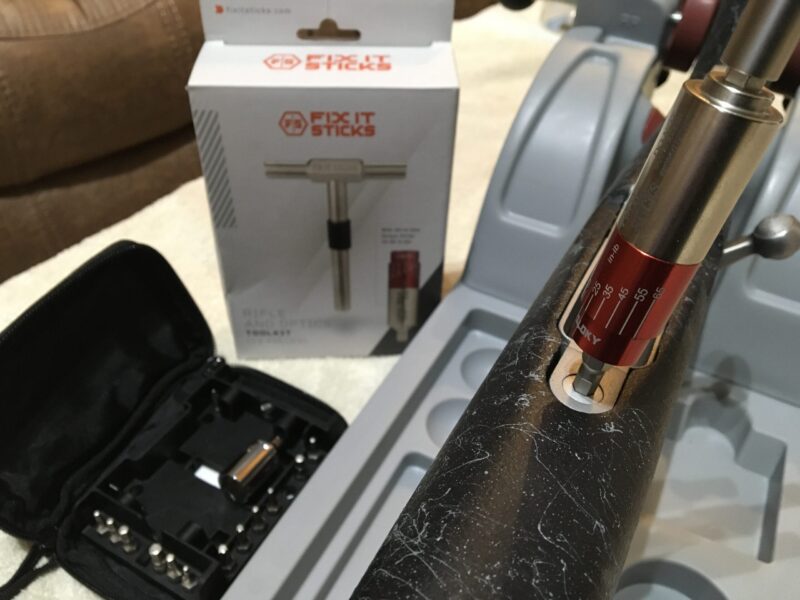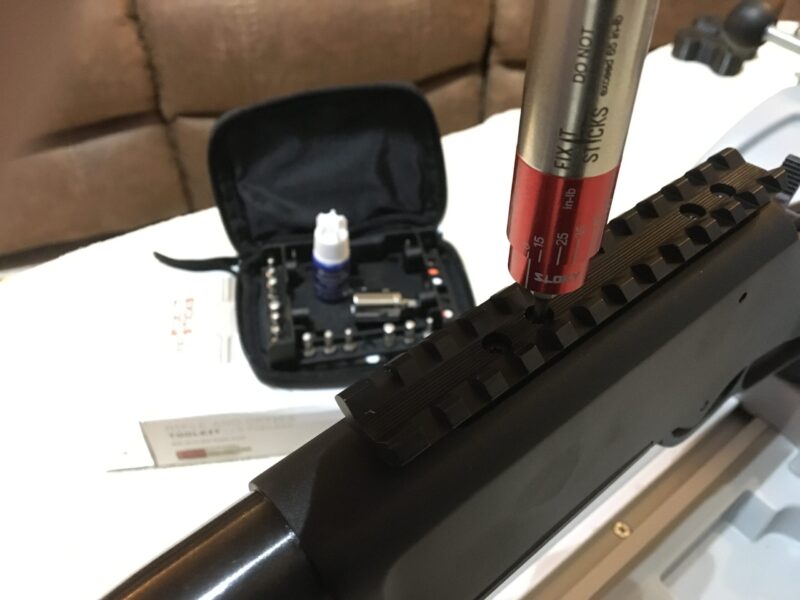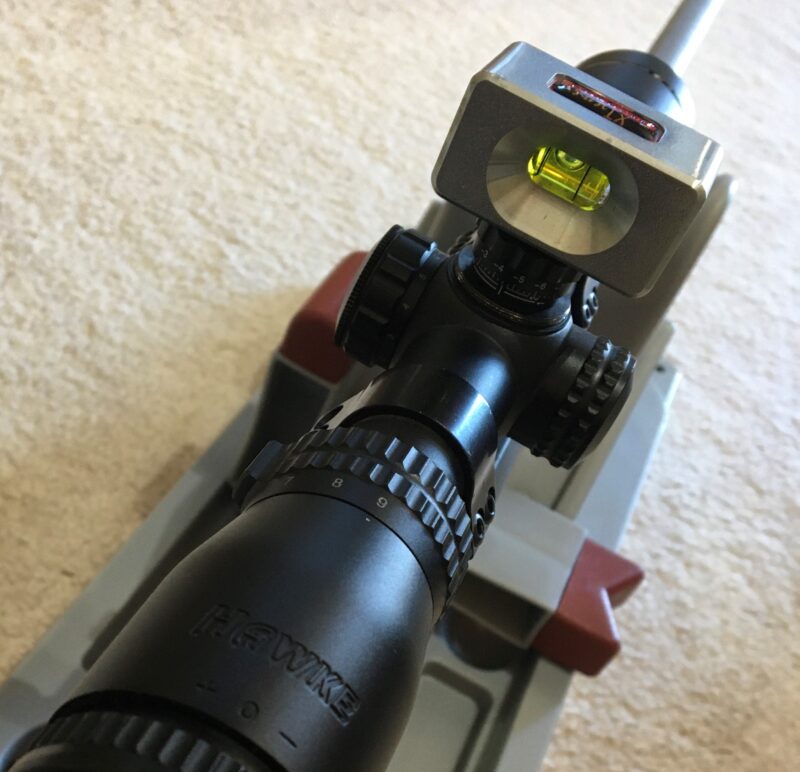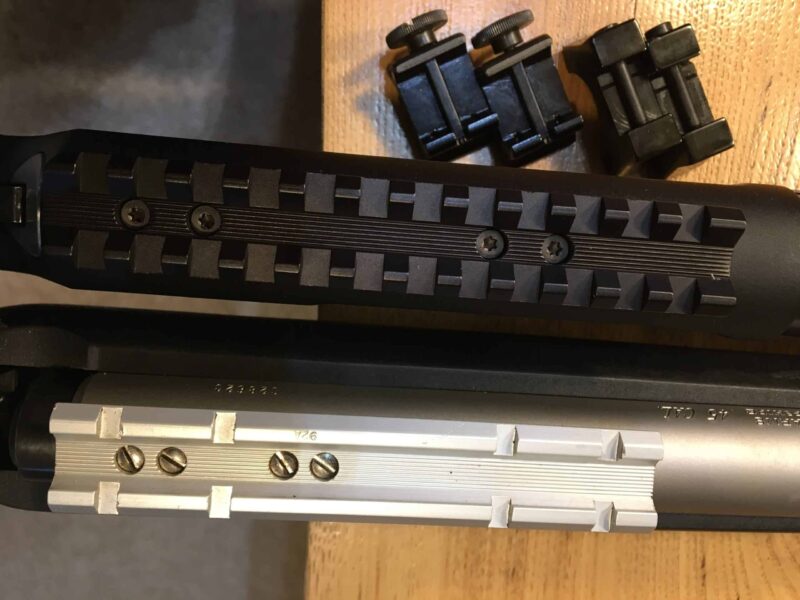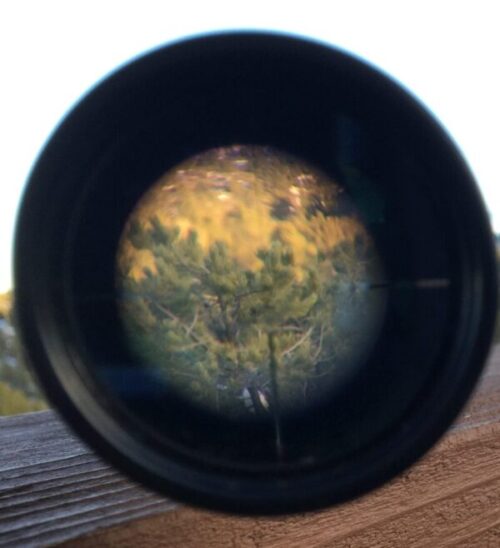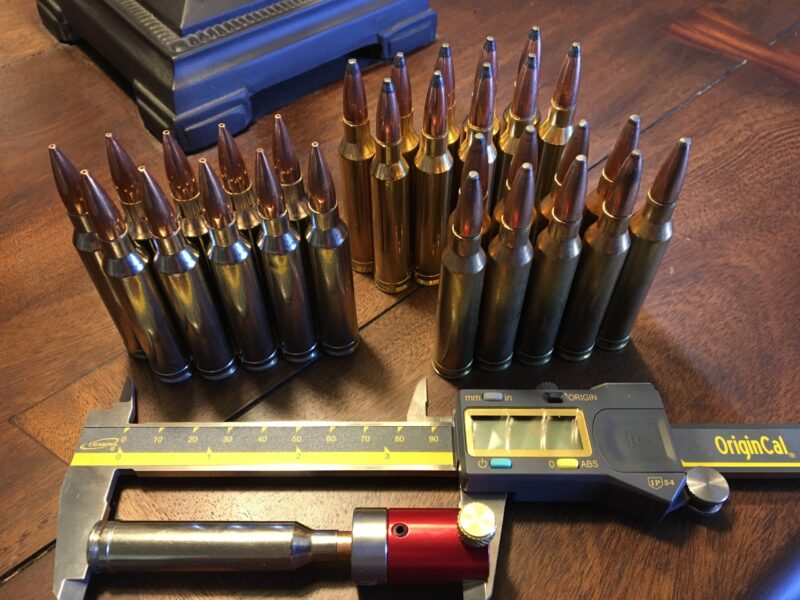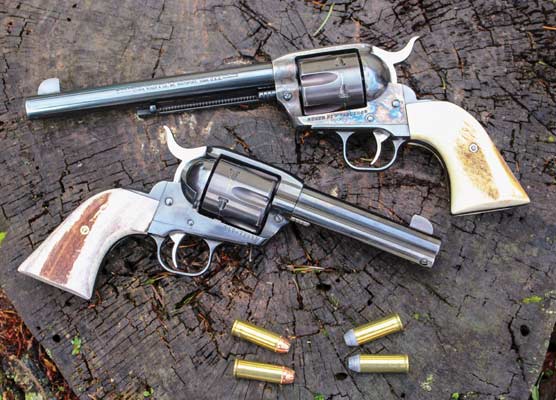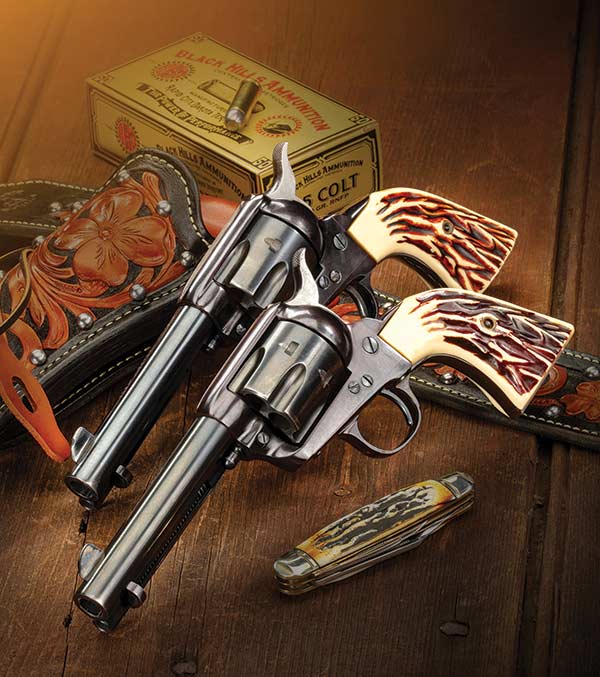10 Tips For Rifle Accuracy
Make These Your Hunting Season Resolutions
I don’t make New Year’s resolutions — I make hunting season resolutions. Every year, my resolutions include improving my rifle’s accuracy and talking to other hunters; I’m not the only one. Not everything has to cost a month’s pay to improve. In most cases, small details make a difference.
1. Torque the action screws to factory specifications
You would be surprised at how often the screws holding the action to the stock are loose, including new rifles straight from the box. It is best to use a torque driver like those offered by Fix It Sticks to achieve the proper torque rating. Some recommend torquing the front screw down to half torque, then doing the same with the rear screw. Finish by torquing the front screw to the final setting, then do the same with the rear screw.
2. Practice, practice, practice
Dry fire by squeezing the trigger straight back. Do the same during live fire. Practice mounting the rifle against the shoulder socket. Practice finding a steady position standing, kneeling, across a pack, or prone. Practice getting squarely behind the rifle. A weak position will allow the rifle to pivot when fired. Know how the gun will feel in any situation you might encounter, especially on your weak side.
3. Torque the scope mounting screws
Scope base screws can loosen under heavy recoil. It’s best to set them with blue Loctite and then torque them at the proper rating. Cheaply made scope mounts may not hold even when torqued. It’s best to purchase higher-quality scope mounts vs. having a scope move while hunting.
4. Buy premium ammunition
Too many hunters use tarnished cartridges handed down from dad and grandpa. Deformed tips, different weights and styles of bullets are not a road map to accuracy. Bullet design and consistency have radically improved in the last twenty years. What was acceptable uniformity in bullets thirty years ago will be rejected today. Bench rest shooters keep their base to ogive measurements within .002”. A quick check of several brands of decade-old ammunition varied from .030” to .040”! But an examination of new premium ammunition measured .002”. Premium ammunition costs more because it’s made to tighter standards.
5. Level your scope
Not using a scope level can allow the scope not to be true with the bore and cant to the left or right, which causes the bullet to veer left or right and the longer the distance, the farther off target the bullet veers. Use the scope level to plumb the rifle in a gun vise, then level up the scope.
6. Add a level to your scope
Even if the scope is level on the rifle, it can still shoot right or left if the shooter isn’t doing their part to keep it level. A scope-mounted level aids the shooter in keeping the rifle axis upright.
7. Adjust the scope to match your cheek weld
Too many shooters mount a scope in the wrong relationship to the shooter’s eye. If the scope has a black halo when looking through it, or you have to adjust your cheek weld to see clearly, it is in the wrong location. The best way to test this is close your eyes, shoulder the rifle as if to fire, and open your eyes. The scope image should be clear to the edges. If not, move the scope forward or back until it is. If you can’t move the scope far enough, it’s time for a different scope-mounting system or to check your length of pull.
8. Use the correct length of pull for your body
Rifles are shipped for the average shooter’s length of pull. If you are shorter, taller, or have body measurements different from average, you will need to shorten or lengthen the stock to adjust your length of pull. Some newer bolt-action guns, like models offered by Ruger, have removable spacers to make the adjustment easy. Many videos online help shooters measure their length of pull or find a qualified custom stock builder who can measure your length of pull for you.
9. Shoot a lighter caliber
Ask a hunting guide what cartridge they prefer their customers use, and they will answer, “One a hunter can shoot without flinching.” The reason should be apparent: if the gun is unpleasant to shoot, the hunter isn’t going to spend much range time getting familiar with it, and they’re going to develop a flinch, causing them to pull the rifle off the target in anticipation of the pain.
10. Match the bullet to the rifle
Not every gun is going to shoot every bullet weight or type accurately. Bullet shape, weight, and design will vary from maker to maker. What shoots well in one rifle may not be accurate in another gun. If you’re not happy with one brand, try another and another until you find one that wrings the best accuracy out of your rifle. If you still can’t achieve the accuracy you want, it may be time to re-barrel or get a new rifle. Like bullet designs, rifle designs have improved to the point many rife makers guarantee 1” MOA straight out of the box. With the proper ammunition, many shooters achieve ½” MOA or better.
—
Want more online exclusives from GUNS Magazine delivered straight to your inbox? Sign up for our FREE weekly email newsletters.
